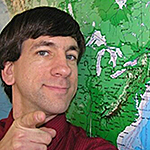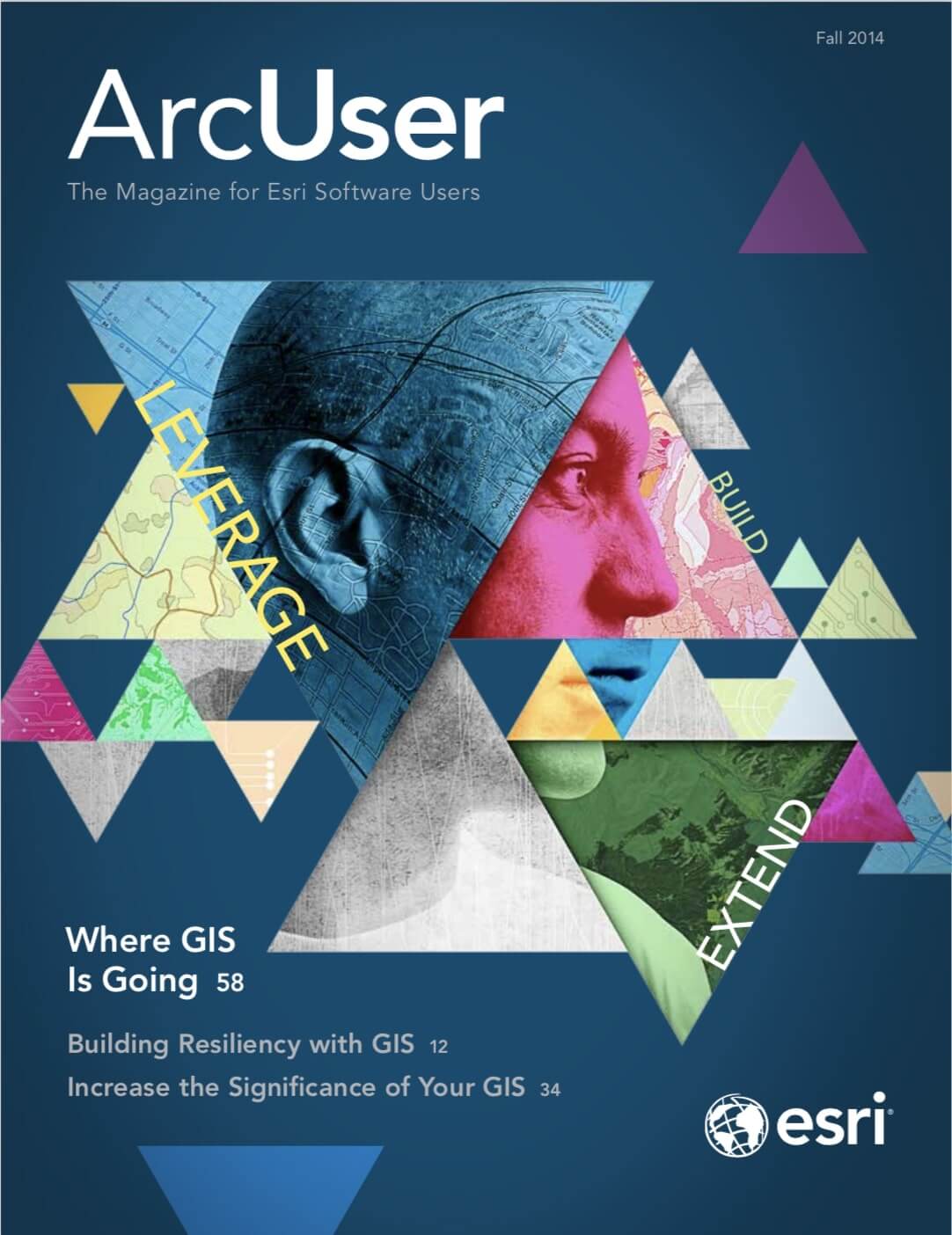The science of successful learning and GIS
In their wonderful book about the science of successful learning, Make It Stick, Peter Brown, Henry Roediger, and Mark McDaniel spell out some truths that I believe are instructive as to how we should approach teaching with GIS.
The authors claim that “learning is deeper and more durable when it’s effortful. Learning that’s easy is like writing in sand, here today and gone tomorrow.” Despite the fact that teaching and learning with GIS are far easier than it was a decade ago, I think we as educators do a disservice to our colleagues in education or to students when we say, “it’s easy.”
Teaching and learning are difficult tasks and not for the fainthearted. Think of everything that goes into teaching with GIS. Content knowledge, skills, and the geographic perspective must all be balanced. Yes, it may be easier technically to bring a CSV file into ArcGIS Online than it was to bring a spreadsheet into ArcInfo back in the 1990s, but even this relies on some key foundations. You must still know
- What a database is and how to create one.
- How locations are mapped.
- How to work with latitude and longitude pairs or street addresses.
- What the pros and cons are of choosing a certain map projection over another.
Recall a time when working in GIS when you tenaciously stuck to a problem you were grappling with and finally figured it out. That shouldn’t take long—you are not likely to forget those times nor the skills that you gained by the experience.
If everything was easy, according to these authors, and confirmed by our own experiences in using GIS, we certainly wouldn’t remember it as well. By implication, we wouldn’t be building a foundation for new knowledge.
The authors claim that “all new learning requires a foundation of prior knowledge.” How often do we—either as educators or students—want to skip right to an advanced task without understanding the knowledge and skills that must be in place first?
For example, when teaching a recent workshop on mapping field data, many of the workshop participants wanted to skip to the last item on the agenda—citizen science mapping with live web mapping services—before understanding how data can be mapped and what a mapping service is in the first place.
According to these authors, “Putting new knowledge into a larger context helps learning.” The purpose of the Esri Education blog, webinars, the Teachers Teaching Teachers GIS (T3G) institute, ConnectEd, and other initiatives is to ground the use of GIS in the larger context of educational best practices within the content of a specific discipline and the context of other geospatial skills. For example, even the tried-and-true lesson of using GIS to teach about plate tectonics should take place in a larger context of the physical processes of the earth and the relationship between earthquakes, volcanoes, and plate boundaries.
There are other instructive gems for teaching and learning with GIS, such as “learning is an acquired skill, and the most effective strategies are often counterintuitive,” but I will leave it to you to read Make It Stick.


